import pandas as pd
import matplotlib.pyplot as plt
file = 'd:\\a\\pandas\\test.xlsx'
data = pd.ExcelFile(file)
df1 = data.parse('Link')
df2 = df1[['dataFor', 'total']]
df2
returns:
print (type(df2))
tells me
class 'pandas.core.frame.DataFrame'
trying
df2.plot(kind='line')
returns
matplotlib.axes._subplots.AxesSubplot at 0xe4241d0
Could it be the environment?
Jupyter notebook > Help > About
The version of the notebook server is 4.2.3 and is running on:
Python 3.5.2 |Anaconda 4.2.0 (32-bit)| (default, Jul 5 2016, 11:45:57) [MSC v.1900 32 bit (Intel)]
Where is the fault? Is matplotlib still the standard or should beginners go for Bokeh or for both?


